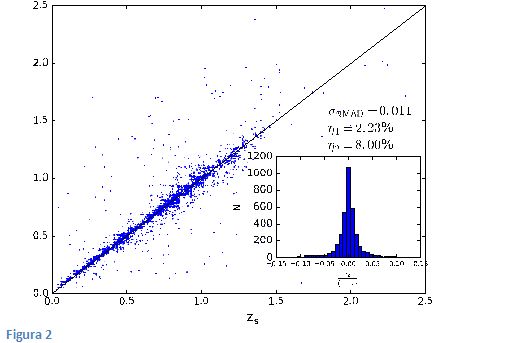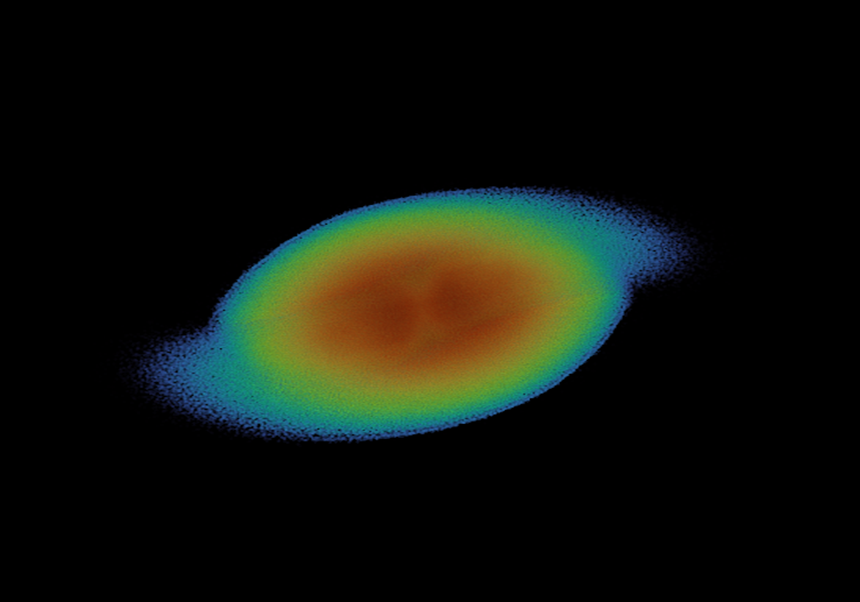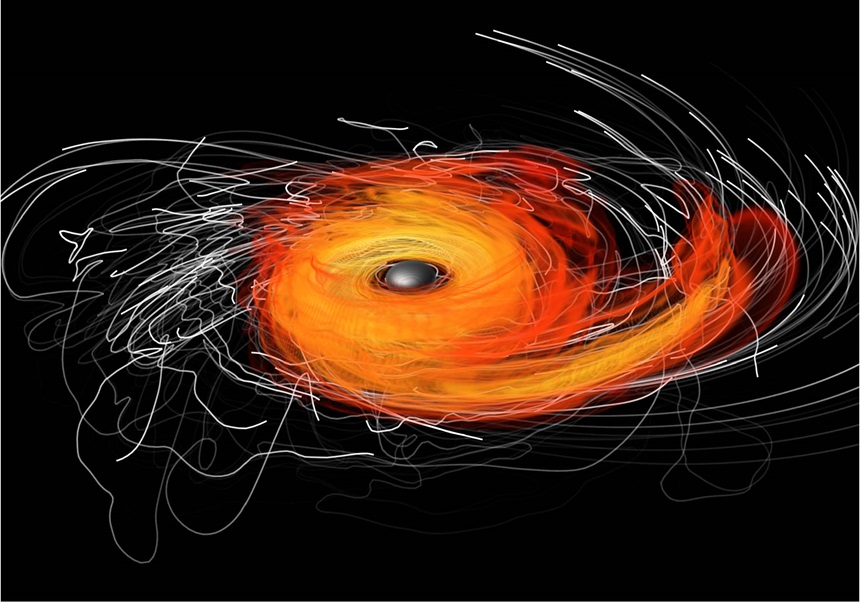
Exposicions Tesis. El proper dilluns 10 de juliol, a les 12:30 h, a la Sala de Seminaris (111) de l'edifici d’Instituts d’Investigació de Paterna (IFIC), tindrà lloc la lectura de la Tesi Doctoral realitzada per Lorena Nieves Seoane, sota la direcció del doctor Alberto Fernández Soto, Professor Titular de l'Institut de Física de Cantàbria-CSIC, i la tutela del professor Vicent J. Martínez García, Catedràtic d'este departament.
TÍTOL:
ALHAMBRA Ks band selected catalogue
RESUM:
Galaxy formation and evolution are an essential part of astronomy and cosmology today. To better understand the processes that are involved in the mechanism behind them it is necessary to study the physical processes in the observable universe at different epochs, which requires large astronomical surveys. In the case of the ALHAMBRA Survey, NIR images provide extra information that significantly increases the scientific value of the data, particularly for stronglyreddened elliptical galaxies, AGN or moderate-redshift starburst galaxies. The selection in the optical band F814W (used for ALHAMBRA’s original catalogue) creates a bias against intrinsically red galaxies that begins to be noticeable at z~0.8 and is dominant at z~1.1 as already noticed by Arnalte-Mur et al. (2014). In this thesis we present a new ALHAMBRA catalogue selected in the NIR Ks band. This new dataset allows to extend the studies performed using the optical catalogue to higher redshift. The catalogue includes photometry for 94,182 sources distributed over seven fields and covering a total area of 2.47 deg2. We completed the catalogue with photometric redshifts computed using BPZ2.0 (Benitez 2000). We performed different tests to measure the accuracy of the photometry and the photometric redshifts.
We also focused in this thesis on the measurement of the correlation function of red-type galaxies in the redshift range 0.75< z <1.45, extending the work performed in Hurtado-Gil et al. (2016). We used the same method described in Arnalte-Mur et al. (2014) to estimate the projected correlation function wp(rp). We have observed significant evolution of galaxy clustering in this redshift range and luminosity segregation at the highest redshift.
In order to extend the photometry in the infrared wavelength range we cross-matched the ALHAMBRA Ks-selected catalogue with available Spitzer-IRAC public data and produced an additional ALHAMBRA Ks+IRAC catalogue (AKs-IR). We included photometry in the ALHAMBRA Ks 20+3 filters, the synthetic F814W-band and the IRAC 3.6, 4.5 and 5.8 μm channels. The catalogue contains 36,024 sources in a total area of 0.93 deg2. We performed similar photometry and photometric tests as we had done with the Ks-band catalogue.
In the final part of this thesis we have calculated the rest-frame Ks-band luminosity function (LF) using the data included in AKs-IR catalogue. We computed the LF using the method developed by López-Sanjuan et al. (2017). The comparison between our measurements and other similar works (Arnouts et al. 2005a; Cirasuolo et al. 2010; Mortlock et al. 2017) shows good agreement, especially with Cirasuolo et al. (2010). Finally, we analysed the redshift evolution of the parameters MKs★, φKs★ and α, together with the integrated Ks-band luminosity density jk. We find strong positive number evolution, coupled with no apparent luminosity evolution in the red population; whereas the blue population shows slight positive number evolution coupled with negative luminosity evolution. This results in a global population change, where blue galaxies dominate the luminosity density at z~2, and red galaxies dominate at z~0.5.
Imatges:
















